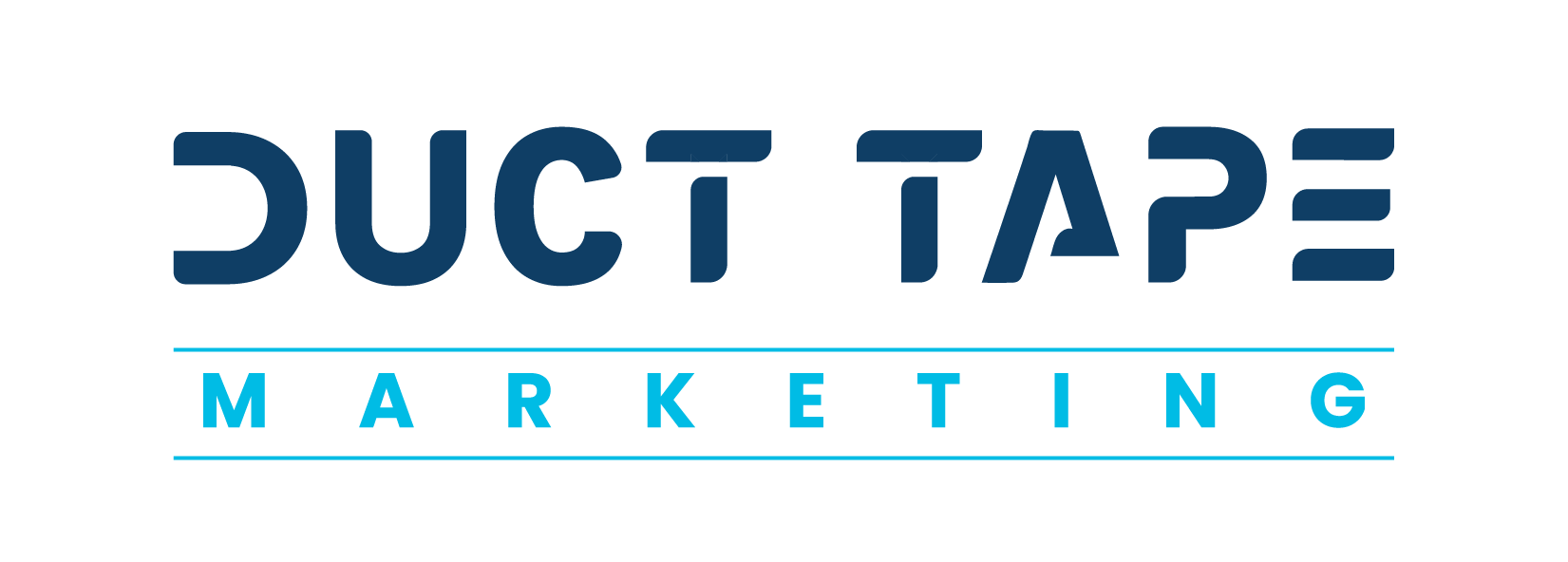Content marketing seems simple enough…at first. You write content, then you publish it. I can’t help but be reminded of this scene from Mrs. Doubtfire:
Daniel: What do I do?
Tony: Well you take all these cans, you box ’em, you ship ’em. Then you box those cans over there, ship them, then more will come in. You box those, you ship those. Any questions?
Daniel: After you box them…?
Tony: You ship ’em. Lotsa luck, smartass
For small marketing teams with one or two people, the content creation process can seem just as straightforward. Everyone is on the same page. You what’s being published and when. There are few points of failure. But what happens when the amount of content increases tenfold? What happens when you have 5, 10, or even 20 people contributing content on a quarterly basis? It’s no longer simply a matter of “boxing and shipping.”
According to the Content Marketing Institute, 70% of companies plan to increase the amount of content they create in 2017 with the use of outside resources. Namely, freelance writers. However, only 35% admit to having a content marketing strategy that will allow them to scale. While they are right about wanting to publish more via freelancers, doing so without a cohesive plan will thwart their good intentions. Deadlines will be missed. The content will be off-topic and off-brand. The audience’s level of interest will wane over time. Lotsa luck to that 35%.
This is why it’s so critical that you begin to systematize your content efforts. Here are a few small steps you should consider taking immediately, even if it doesn’t seem relevant for your company right now.
Create Content Guidelines
As the sole content contributor for your brand, you know exactly how your business approaches content creation. Unfortunately, nobody else does. All the established elements of your brand such as tone, style, length, and format need to be distilled down into clear guidelines that any writer can follow.
It may have taken you or your current writer months or even years to get comfortable writing for your business. When you are using multiple different contributors every week, you can’t afford that adjustment period. Here are the elements you should include in your content guidelines to allow any writer to learn your brand’s approach and begin writing immediately.
- Content Strategy: Why are you writing content? For leads? For brand awareness? SEO?
- Target Audience: Detail your audience via persona cards, just as you do for buyers.
- Industry: What topics are important to people in your industry?
- Desired Tone: Casual, academic or business professional?
- Keywords: What terms and phrases should be included in every post?
- Things to Avoid: Buzzwords, phrases, formatting pet peeves, etc.
- Successful Examples: Show writers examples of your brand’s content that scored a perfect 10.
These are just a few suggestions of what to include, but there are potentially dozens more. It’s best to think of it this way: If you had to onramp a new writer without speaking to them, what assets and information would you need to provide? Being able to answer this question (and having the information ready) is the first step in systematizing your content marketing engine.
Plan a Quarterly Content Calendar
Content marketing doesn’t always stall due to a lack of time, talent or budget. Instead, much of it relates to poor planning. And by poor, we mean non-existent, where content is dealt with on a day-to-day basis. When this happens, it doesn’t take much to derail the entire cadence.
But imagine that your entire quarter for content was planned in advance. You could have writers working on posts today that would publish in three months. And if you followed the steps outlined above, you could have all of that done in a week’s time. Maybe less.
The benefits of a content calendar extend far beyond cadence and consistency—it helps you stay on topic. If you’re a gym owner, it’s obvious that an article about home maintenance isn’t going to do you any good. But what about an article about achieving your New Year’s fitness resolutions…in July? Just as useless.
Using a content calendar allows you to plan how each individual piece will fit into your overall strategy for the week, month and year. If you have an event coming up, you want to make sure you are creating content that promotes it. If you are releasing a new product, your content should complement that particular aspect of your business.
The content calendar doesn’t have to be this specific or meticulous. Instead of planning every individual post, you could set a theme for each month and ask your writers to propose ideas. This is why just having a content calendar isn’t enough. It needs to be shared with your content community. This leads us to our next tip.
Stick to a Communication Plan
According to Aberdeen research, 40% of all organizations said they have low visibility into the use of non-employee workers. Even though your freelance writers aren’t in the office, they still need to be managed like regular employees. If you do not have a clear cadence for how you’ll communicate with them and tools for collaborating, you will struggle to use them effectively. To improve communication, consider using:
- Project Management Tools: Solutions like Basecamp, Trello, and Asana can help give you a better idea of what stage each piece of content is at and what the availability of your writers is.
- Messaging Apps: Using Skype, Slack or other messaging apps allow you to communicate more directly with your writers no matter where they are.
- Content Community Platform: A single solution like co for managing, assigning and paying your writers allows you to streamline your content operation and simplify writer management no matter what your team size.
Of course, we’ve just covered how you’ll communicate with them, not what you’ll communicate. With that in mind, let’s dive into our last tip…
Focus on Feedback and Nurturing
It’s easy to view freelancers as dispensable, dime-a-dozen resources. They aren’t on the payroll. You don’t see them every day. They are there when you need them…until they’re not.
According to recent studies, 50% of organizations have lost independent contractor talent due to poor engagement strategies or processes. Companies who think that “we can always find another freelancers” are missing out on the value of continuity that can develop over time with consistent feedback and nurture. Failure to engage with your writers and nurture your freelance talent as if they were real employees will result in a high amount of churn that will prevent your content creation systems from ever becoming systematized.
No matter how talented your in-house or freelance writers are, there’s always a learning curve. By taking the time to provide clear feedback you can develop your writers into a trusted group that you can rely on for years to come.
There will always be some turnover, especially when it comes to freelancers, but by reducing this through engagement and streamlining your onboarding process through clear guidelines, you can create an efficient, content assembly line.
Conclusion
The day-to-day tasks associated with content marketing are tedious, time-consuming and above all, tactical. You can either choose to keep them for yourself, or you can invest your time and energy into building something that will work without your constant attention—freeing you up to tackle larger strategic initiatives and add more value to your organization.
Does your brand plan on scaling content creation this year? If so, I’d love to hear how. Please share your insights in the comments section below!
About the Author
 Michael Brown is the Founder and CEO of nDash.co, a platform where writers earn work by pitching brands unique content ideas. His career has included stints as a journalist, ghostwriter, marketer, and agency owner. Today, he’s focused on building a global community of writers to help companies scale content creation without sacrificing quality. To learn more about Michael, connect with him on LinkedIn.
Michael Brown is the Founder and CEO of nDash.co, a platform where writers earn work by pitching brands unique content ideas. His career has included stints as a journalist, ghostwriter, marketer, and agency owner. Today, he’s focused on building a global community of writers to help companies scale content creation without sacrificing quality. To learn more about Michael, connect with him on LinkedIn.



